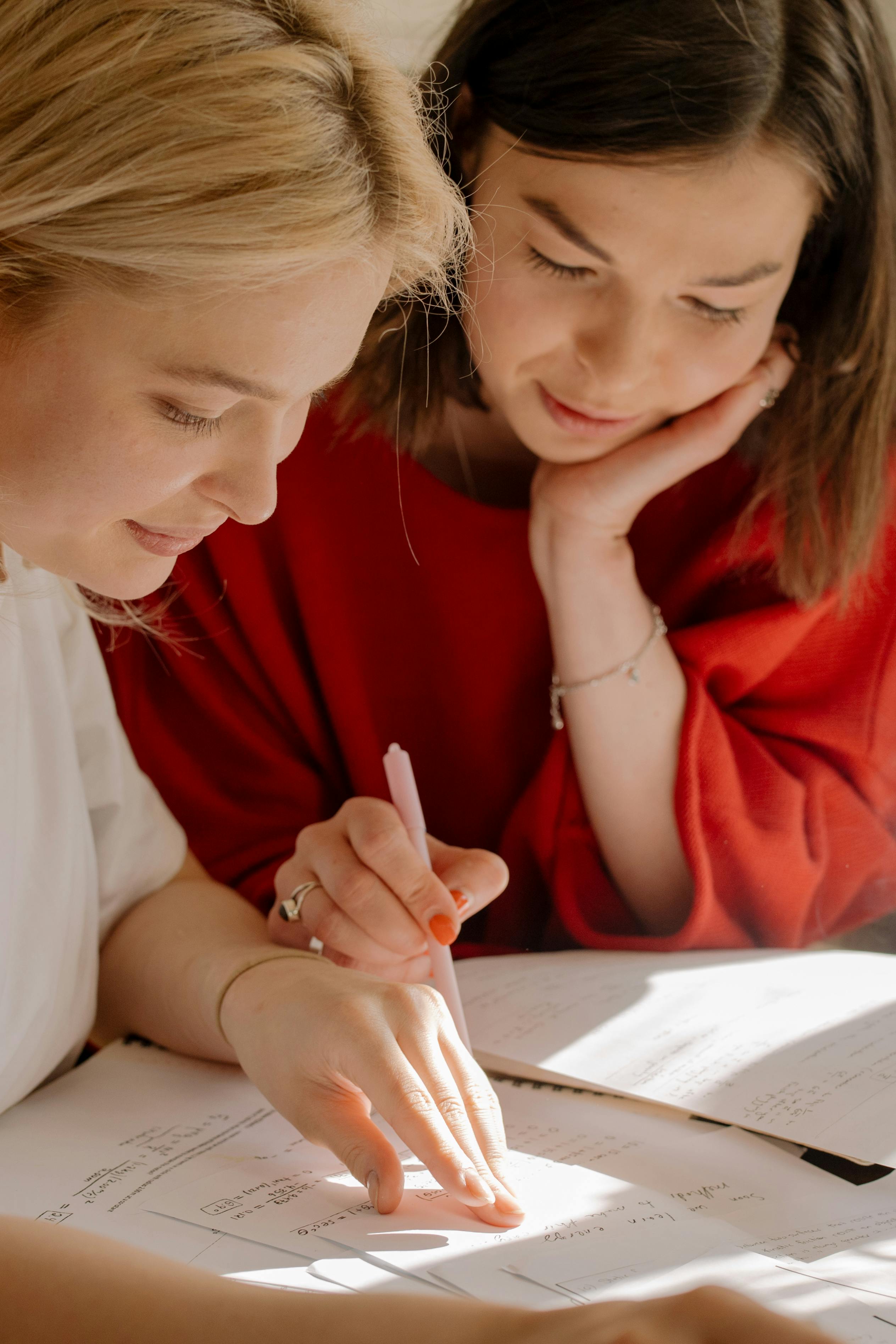10 Mindfulness Tips for Teachers to Reduce Stress
Teaching is rewarding, but it can also be overwhelming. With growing demands, mindfulness has become essential for educators. This guide shares effective mindfulness tips for teachers, helping them manage stress, stay focused, and foster a calmer classroom.

Understanding the Fundamentals
Mindfulness is the practice of being present and fully engaged with the moment without judgment. Originally rooted in Buddhist meditation, it has evolved into a secular mental wellness tool, embraced by educators worldwide.
When teachers cultivate mindfulness, they not only improve their own well-being but also influence the emotional tone of their classrooms. This foundational skill helps teachers manage daily challenges with resilience and clarity.
1.1 Awareness and Presence
Awareness means consciously focusing on your thoughts, feelings, and surroundings. For teachers, it might mean noticing classroom energy levels or recognizing personal stress triggers before reacting.
Studies show that increased awareness can reduce anxiety and improve decision-making. For instance, taking a mindful pause before responding to a disruptive student can de-escalate tension effectively.
1.2 Emotional Regulation
Unlike emotional suppression, emotional regulation allows teachers to acknowledge their feelings while choosing appropriate responses. It differs from traditional coping by encouraging understanding over avoidance.
Teachers who regulate emotions mindfully are better equipped to handle disruptions, manage burnout, and model emotional intelligence for their students.
Practical Implementation Guide
Putting mindfulness into practice doesn’t require major changes. By integrating small, consistent habits into your routine, you’ll notice enhanced focus, energy, and calmness. Results may vary, but most educators report noticeable improvements within a few weeks.

2.1 Actionable Steps
- Start the Day with Intention: Spend 2-5 minutes breathing deeply and setting an intention for the day, such as “Today I will listen with patience.”
- Use Bell Breaks: Schedule brief pauses every few hours to breathe and reset. Apps or a simple desk bell can help trigger these breaks.
- Reflect Daily: End your day by writing down three things you appreciated. This boosts gratitude and highlights positive moments often overlooked.
2.2 Overcoming Challenges
Common obstacles include time constraints, lack of experience, and resistance from others. Some teachers may also struggle with consistency or doubt the effectiveness of mindfulness.
To overcome these challenges:
- Start small and build gradually
- Use guided meditations if you’re unsure where to begin
- Practice with a peer or join mindfulness communities for accountability
Watch for warning signs like irritability or constant fatigue—these may signal the need for deeper mindfulness integration.
Advanced Applications
Once you’ve established foundational habits, consider exploring advanced mindfulness strategies. These approaches enhance your mental resilience and deepen your emotional intelligence in high-pressure environments.

3.1 Mindful Communication
This involves active listening and thoughtful responding, especially in difficult conversations. Case studies show that teachers who practice mindful communication report fewer misunderstandings and more positive relationships with students and colleagues.
Track performance by noting fewer conflicts, improved student behavior, and enhanced team collaboration over time.
3.2 Classroom Integration Techniques
Integrating mindfulness into lessons can reinforce your own practice while benefiting students. Techniques include mindful storytelling, gratitude journals, and breath-awareness moments before tests.
These strategies are compatible with most teaching methods and can be adapted for different age groups, ensuring they suit your classroom’s unique culture.
Future Outlook
Mindfulness in education is gaining momentum. New research supports its role in cognitive development, emotional regulation, and academic performance. Apps and AI tools are emerging to aid mindfulness integration for educators.
Over the next 3–5 years, expect more schools to adopt systemic mindfulness programs. To stay ahead, educators should consider ongoing training and certifications in mindful education techniques.
Conclusion
In summary, mindfulness offers teachers a lifeline amid today’s educational challenges. Key takeaways include the power of present awareness, emotional regulation, and consistent daily practices.
Ready to take the next step? Choose one mindfulness tip to begin today. Start small, stay consistent, and enjoy the transformation in your teaching and well-being.
Frequently Asked Questions
- Q: What is mindfulness in teaching? Mindfulness in teaching involves being fully present with students, managing emotions effectively, and responding rather than reacting in the classroom.
- Q: How do I start practicing mindfulness as a teacher? Begin with 5 minutes of deep breathing each morning and gradually integrate mindful pauses throughout your day.
- Q: How much time does it take daily? Most mindfulness practices require just 5–15 minutes daily and can be incorporated during natural breaks or transitions.
- Q: Is mindfulness expensive to learn? Many resources, including apps and community programs, are free or low-cost. Workshops or certifications vary in price based on depth and duration.
- Q: How does mindfulness compare to other stress relief methods? Unlike quick fixes, mindfulness offers long-term cognitive and emotional benefits with minimal side effects.
- Q: Is mindfulness hard to learn? No. It’s accessible to anyone with practice. Initial discomfort often gives way to clarity and focus with consistent effort.
- Q: Can I use mindfulness with younger students? Absolutely. Techniques like breathing buddies and mindful storytelling are great tools for young learners.
